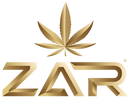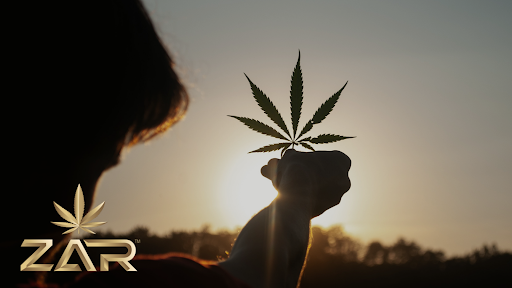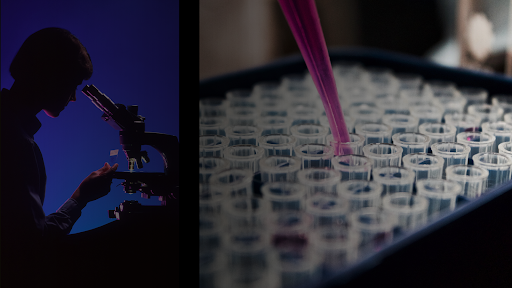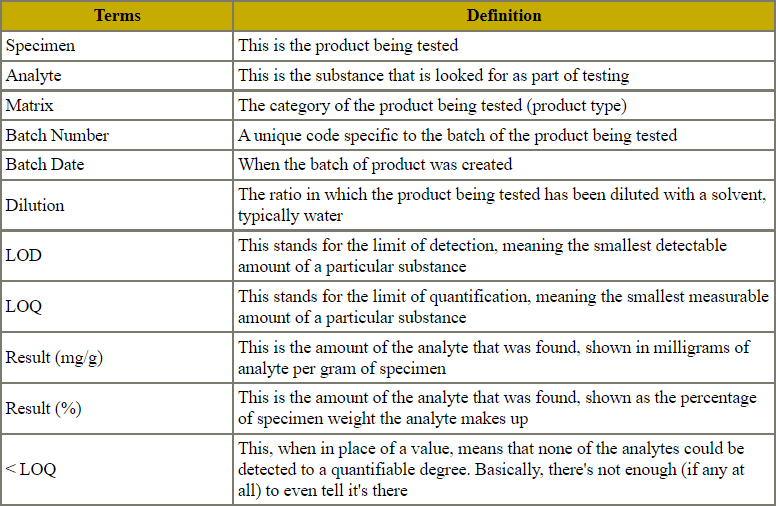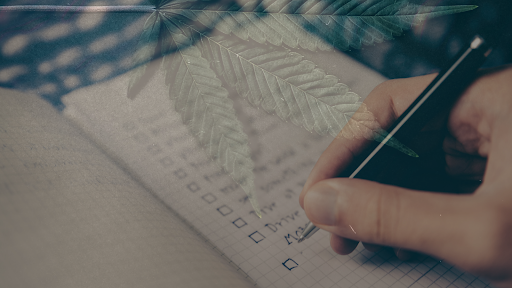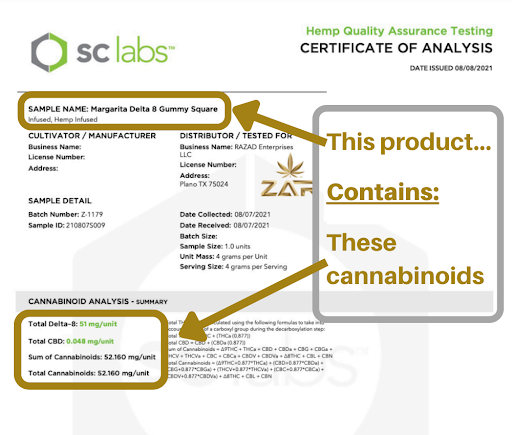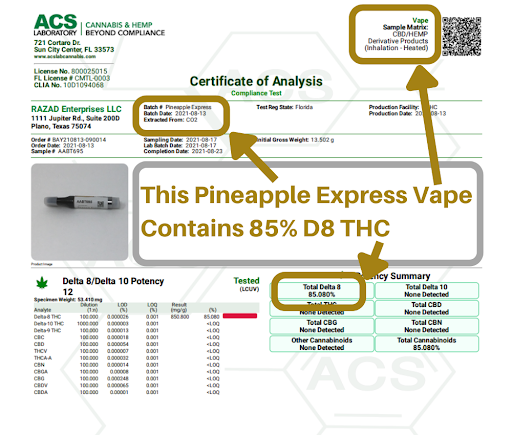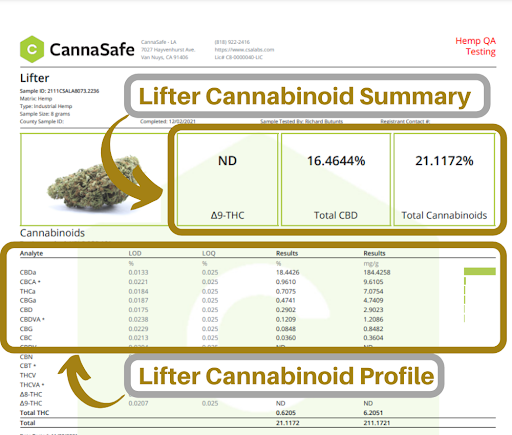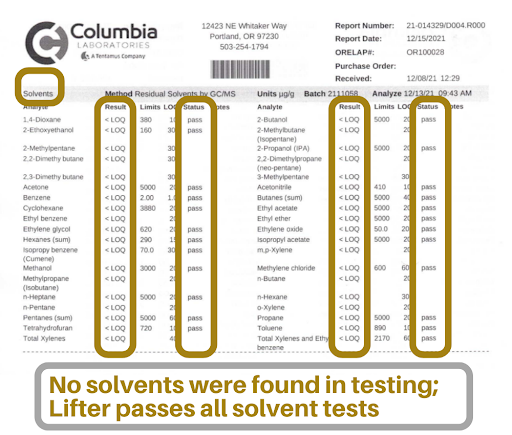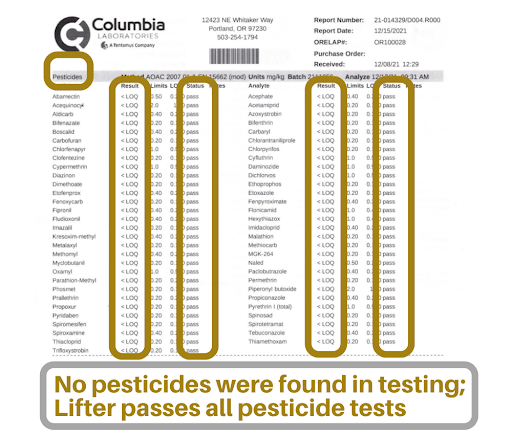|
How to Read a CBD Lab Report You’ve surely already heard about all of the great things CBD and canna therapy products can do, providing relief from a wide variety of both physical and psychological ailments. Yet, how can you be sure the CBD products available to you are what they claim to be? That’s easy; look to the labs. Reading a CBD lab report may appear to be a daunting task, but it's easily achievable with a bit of coaching. CBD lab reports are the best way to know what is really in your CBD products and to know if the CBD you’re purchasing is high-quality or not. Not sure how to read one of those? ZAR is here to help. CBD and canna therapy lab reports involve plenty of sciency jargon that most people aren't likely to know off the top of their head. Don’t worry though, once you get a handle on what the terms and notation mean, the reports will speak for themselves. We’ll get into that soon, but first let’s cover why you should look at lab reports to begin with. Why Should You Care About CBD Lab Reports?Learning how to read a report might sound like a lot of work, but trust us that it’s easily achievable and well worth your time in the end. The main reason you might want to be familiar with CBD lab reports comes down to federal regulations. Sounds fun, right? Hang in there, it’ll make sense in a second. You don’t go looking at lab reports for ibuprofen or your other over-the-counter medicines, do you? So why should you when it comes to CBD and canna therapy products? Since CBD isn’t yet regulated by the FDA, CBD vendors are not required by law to include the full contents of their product. Worse yet, they aren’t always held accountable for their potency claims, which can make proper dosing a logistical nightmare. Rest easy, not all is lost. We at ZAR saw this issue and decided to respond to it with a way to verifiably know exactly what’s in the product you’re consuming: lab reports. Our lab reports are conducted by independent third-party labs to provide a real look at the products available on our online store and at our brick-and-mortar locations. We invest in these reports so you can confidently make an investment in your health. Why Trust These Third-Party Labs? Each of the labs we work with is licensed to present the information shown in their labs; just look for their license number on the report. As such, they are held accountable for accurate and reliable testing of, in this case, CBD and canna therapy products. We wouldn’t have it any other way. Don’t just take our word for it; we implore you to research the labs to your heart’s content. Our end goal is to give you confidence in your canna therapy journey so you can get results without apprehension. Defining Lab Report TermsWhile the labs do a great job of showing exactly what’s in our products, it’s true that they aren’t the easiest to read, especially if you’re unfamiliar with the terms being used. So, before we go any further, here’s a reference of some terms you might come across when looking at the lab reports related to the products you’re interested in. CBD Lab Reports Terms & Definitions: Specimen, Analyte, Matrix, Batch Number, Batch Date, Dilution, LOD, LOQ, Result Understanding the Sections of a CBD Lab ReportWe have our products tested by a variety of labs, so they structure their reports differently and often include different depths of analysis. Still, all of our lab reports will give the same essential information. Introduction/Certificate of Analysis This section gives general information about the product that was tested. Some key items to look for here are the name of the product being tested, the date the lab was completed, and sometimes even information like how the product was extracted. Potency/Potency Summary/Results This section is generally what you want to look for if you’re looking for the real details of exactly what is in the product. Here, you will see a variety of analytes (analytes being things that are looked for within the product) as well as their respective potencies. The summary section will show the most significant analytes and their values. Why Isn’t My Product 100% CBD or 100% THC? A keen observer will note that the potency section typically does not add up to 100%. Most simply, products are not entirely comprised of their active ingredient to make dosing much easier and repeatable. “So what’s the rest of it?” you might ask. This depends on the product, of course, but the rest of the product is made up of either organic plant matter or a carrier specifically designed for the product. A carrier’s purpose is to carry and help introduce the cannabinoid to your body by your choice of product (edibles, breathables, topicals, etc.). Pesticides & Solvents Some growers of hemp may use pesticides to keep their plants healthy and pest-free, but it’s important those pesticides don’t make their way into the final product you’ll be consuming. Similarly, solvents are often used when extracting cannabinoids from hemp and cannabis plants for use in canna therapy products, but you generally don’t want to consume those either. Too high concentrations of pesticides or solvents may cause ill-effects that can be common in poor-quality canna therapy products. The solvents and pesticides sections of a lab report is then where you can find if any of those solvents or pesticides have substantially made their way into the final product. Likewise, this is where you’ll find the assurance that our products are properly derived and refined to provide you with high-quality canna therapy relief. Reading tip: A solvent or pesticide being listed does not mean it was found in the product; you’ll have to look under the “result” column for that information. Example CBD Lab Report Run-ThroughNow that we’ve covered some of the terms and sections you might find in a CBD lab report, let’s get into some example CBD lab reports and where to find the key information. The complexity of a lab report will vary depending on the lab performing the analysis and the product being analyzed, so let’s run through a few you might come across. Simple CBD Lab Report Some lab reports are concise enough to fit in one page and can be read even without a great deal of background information. As seen below, one Margarita Delta 8 Gummy Square (a flavor in our Delta 8 Happy Hour Squares) contains 51mg of D8 THC. Detailed CBD Lab Report The lab report for our Delta 8 THC Pineapple Express Cart may look a bit more complicated, but it still breaks down much the same. Still, it shows more of the cannabinoids that were tested for, even if they weren’t detected. Comprehensive CBD Lab Report Other lab reports can get a bit more complicated and cryptic with the sciency jargon, but rest assured you can be reading them with ease in no time. Let take, for example, a lab report for our lifter hemp products. Still Not Sure How To Read a CBD Lab Report?All of this sciency stuff isn’t for everyone, we know. It can be hard to understand, especially when you have more pressing things on your plate like, for one, finding the relief you deserve. If that sounds like you but you’d still like to know how these lab reports apply to our products, get the clarity you’re looking for during a free consultation with one of our canna therapy experts! Our team is eager to help you find the information you need. Visit us at one of our locations or book your free consultation today.
0 Comments
Leave a Reply. |
Categories |
